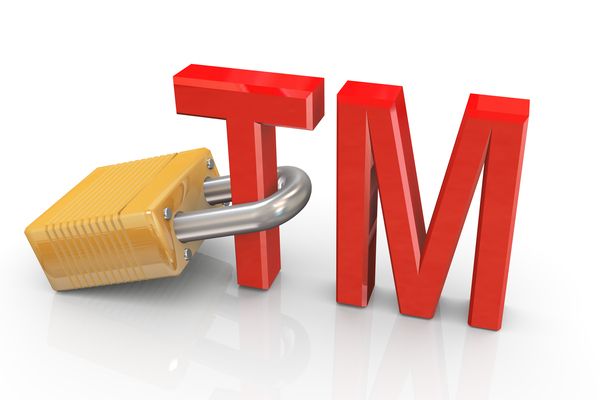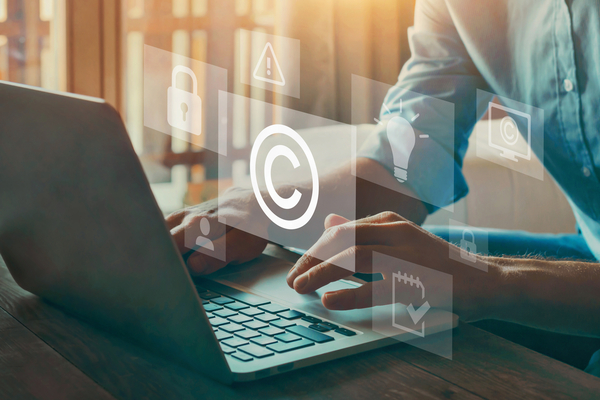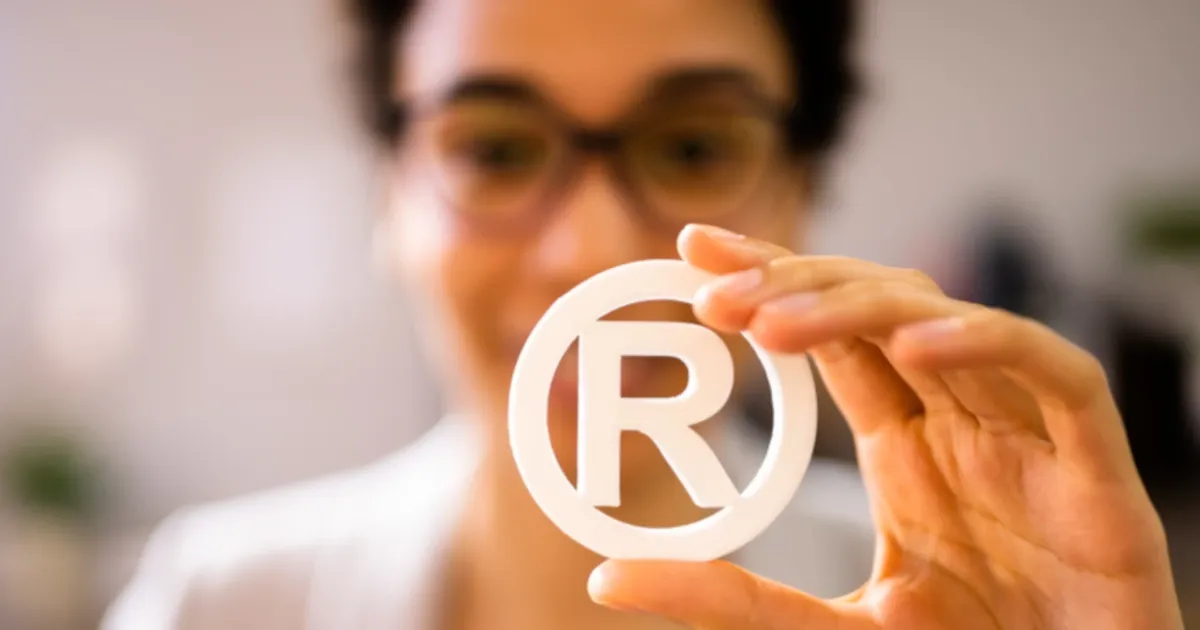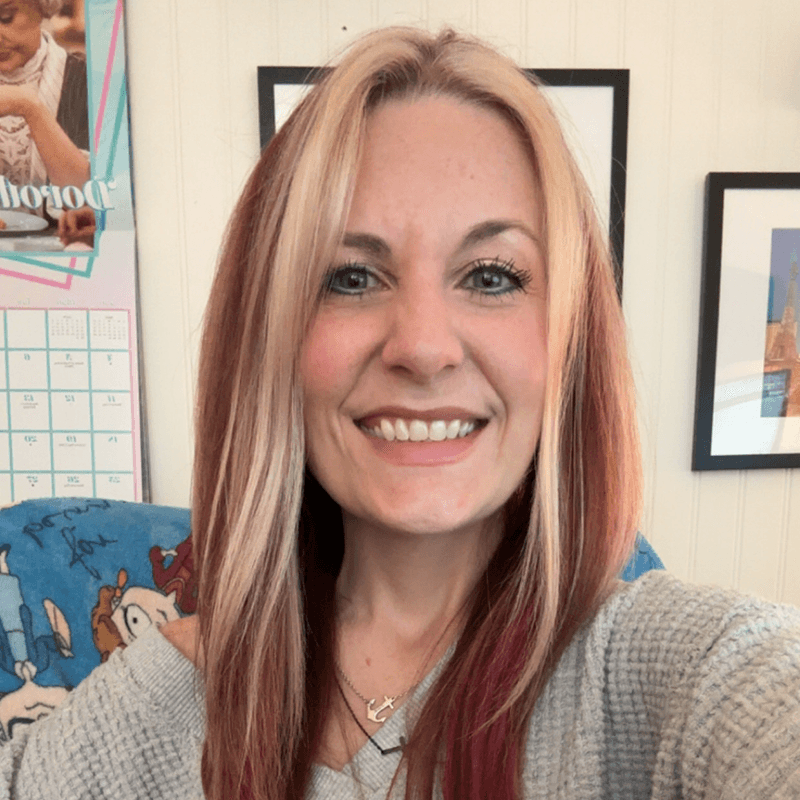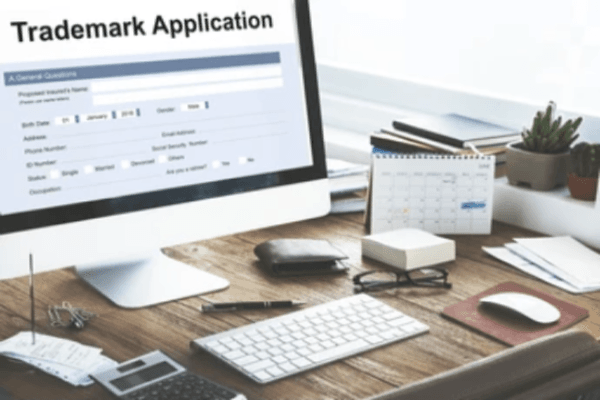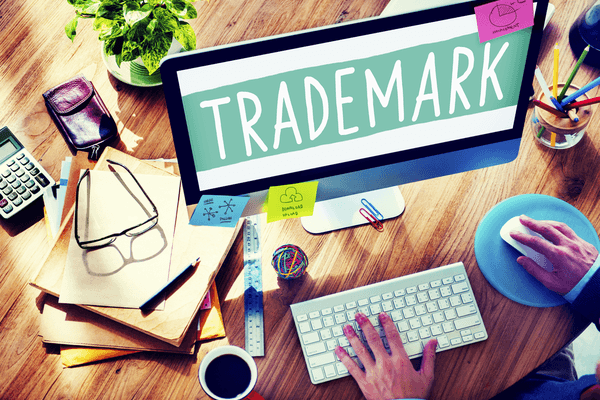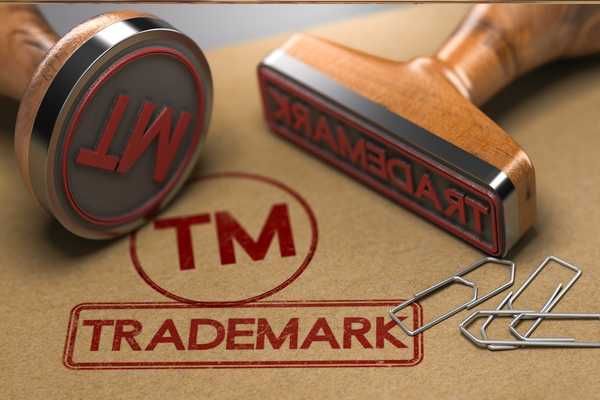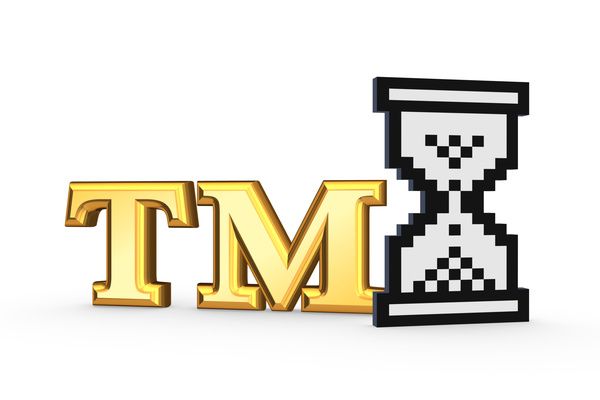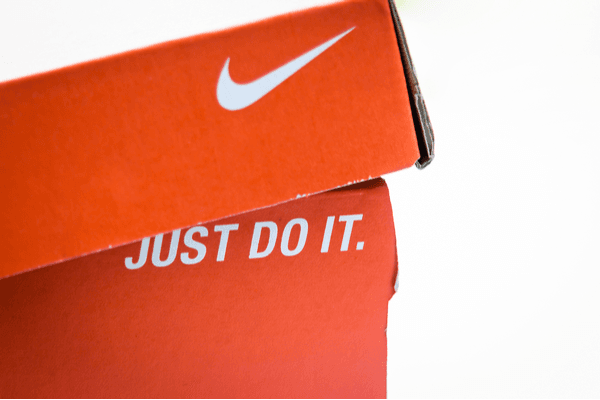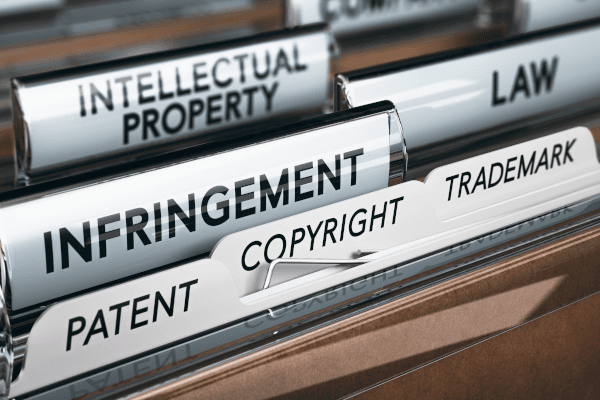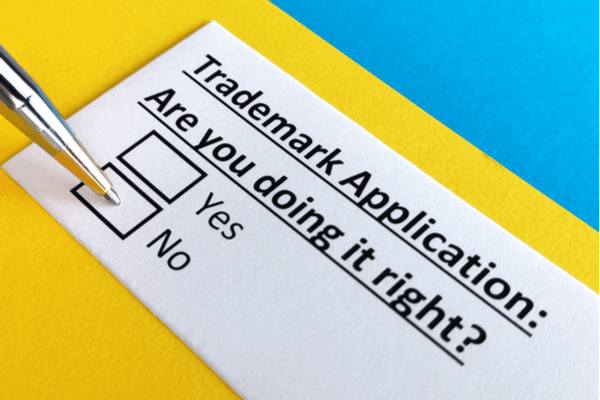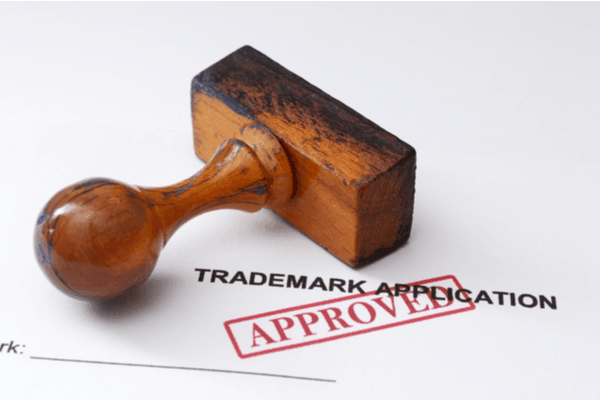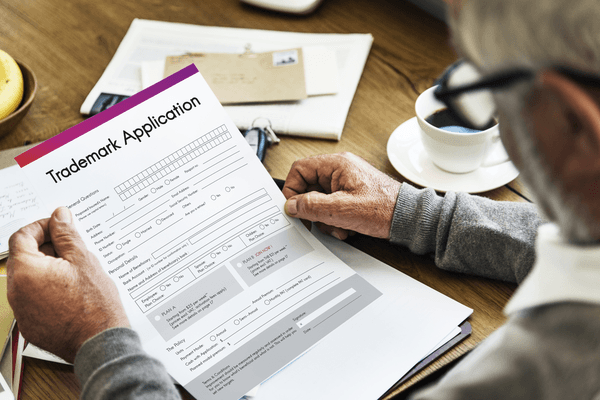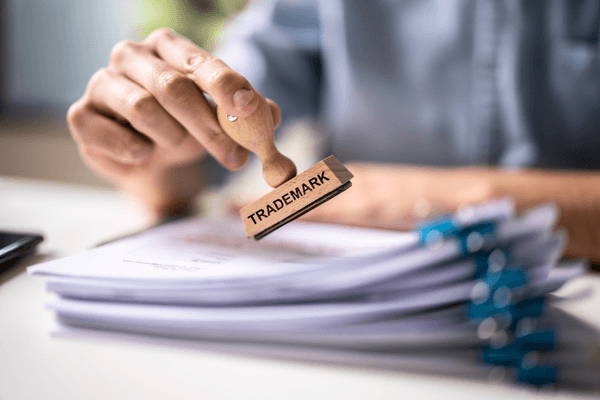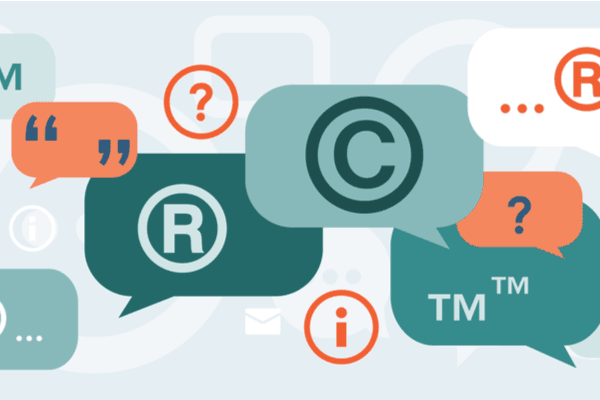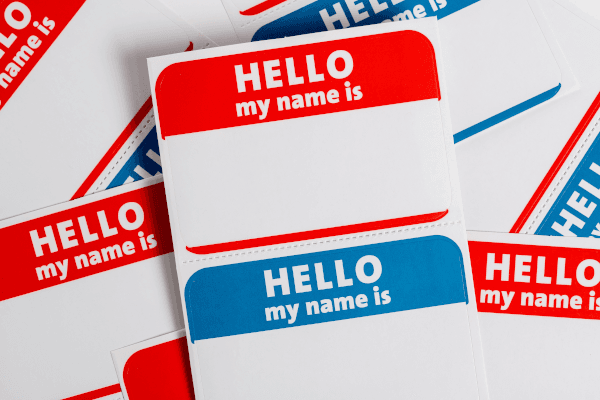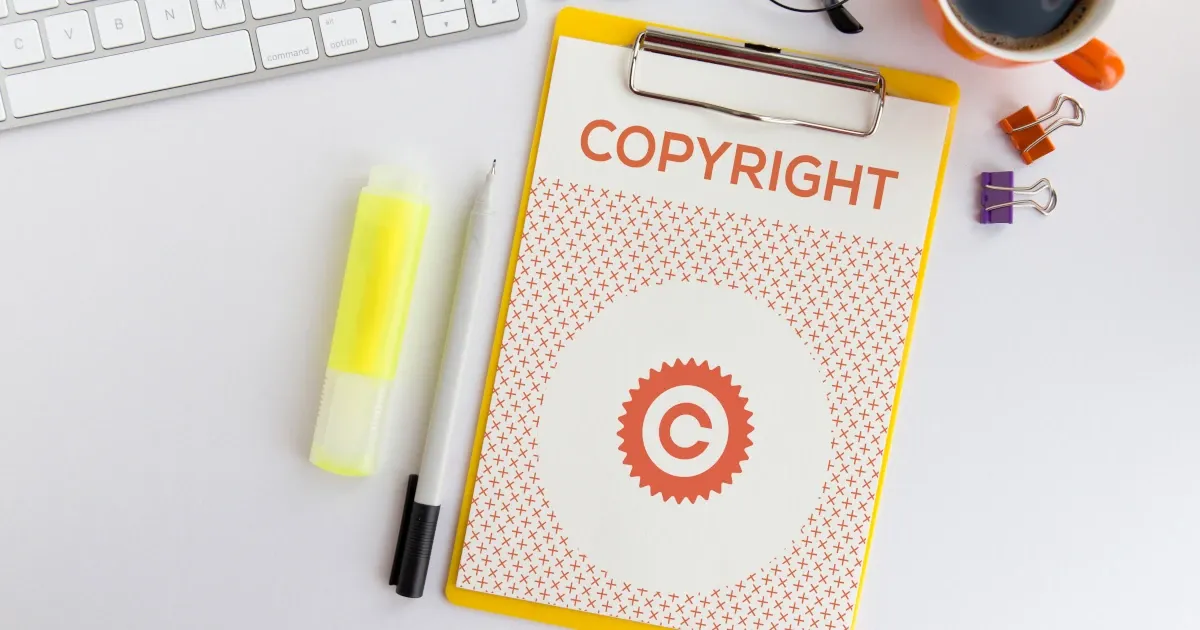
Although most artists, businesses, and individuals grasp the importance of registering trademarks, not everyone rushes to get things done. Many have unanswered questions that can cause costly delays in due diligence. Hopefully, answering the top 10 questions during the trademark process can help you speed up your application.
1. What Constitutes a Trademark?
Even the very idea of having a trademark can be confusing. So, let’s start with a definition.
A trademark is a name, slogan, or logo that represents your brand. It clearly distinguishes your product or service in a commercial setting. Getting a trademark can help protect your brand from other parties trying to copy you.
Trademark law has evolved over the years. For a while, you could only register trademarks for goods. These days you can also protect services. However, your product or service must be sold commercially to qualify for trademark protection.
There are plenty of things you can’t trademark, like short motifs, government symbols, or full songs. If you want to protect audio intellectual property, you’ll want to apply for a copyright instead.
2. Is a Trade Name Different Than a Trademark?
Trademarks are used to identify services, products, or brands and give certain legal rights to their owners. A trade name is nothing more than a pseudonym someone can use to conduct business without using their registered legal name.
A registered trade name also doesn’t provide substantial information on whether the name might be available and free to use. To identify and gain legal rights over products and services, you should first clear the name to ensure its availability.
The United States Patent and Trademark Office has a registered trademark database where you can search for in-use and registered names, or you can use Trademark Engine’s free trademark search tool. Once you’re ready, you can register your trademark with the U.S. Patent and Trademark Office (USPTO.)
3. Do Different Terms Offer More Protection Than Others?
Another issue people run into concerns terms. Wording always matters, especially when dealing with the spectrum of distinctiveness.
Distinctiveness describes the protection or strength of various trademarks under U.S. trademark law. You want distinctive wording for a successful trademark registration.
Here are the different levels of distinctiveness on the spectrum.
Generic
Descriptive
Suggestive
Arbitrary
Fanciful
Generic
A generic name can’t be trademarked. For example, if you start a company that makes hot dogs and name it “The Hot Dog Company,” the USPTO will likely reject your trademark application for not being distinct enough.
Descriptive
Moving along the spectrum, you’ll run into descriptive words. These can describe characteristic functions, purpose, features, or the use of a specific product or service. This category might include geographic classifications or laudatory terminology. Such words aren’t considered distinctive by default and aren’t inherently protectable as marks. So “The Meat Hot Dog Company,” while less generic, will still need more to make it unique.
A descriptive term can gain the necessary distinctiveness in time if it acquires secondary meaning and sees heavy use and promotion, such as IBM (International Business Machines). However, if your business is just starting out, it’s unlikely you’ll have achieved this level of common use.
Suggestive
One category higher, you’ll encounter suggestive terms. Like descriptive words, these suggest characteristics. However, they require some imagination to make the connection between the registered trademark and the product or service in question. Citibank and Microsoft are two famous examples of suggestive marks.
Suggestive words are categorized as inherently distinctive — a property that descriptive words generally lack. They can still cause some confusion due to their broad scope of protection.
Arbitrary
Another inherently distinctive mark is the arbitrary mark. This one can have common meaning but without a clear relation to a product or service. Apple computers is one example.
Fanciful
Fanciful marks are coined words and phrases. They’re made up and have no meaning other than the one assigned by the creator. They’re inherently distinctive marks that also benefit from the broadest protection against infringement. Some examples of fanciful marks include Kodak, Spotify, and Pepsi.
4. Do You Have to Register Similar Trademarks to Prevent Third-Party Use?
Registering multiple marks to protect variations on the original desired trademark may seem like a great idea. And while it is possible to file multiple trademarks to cover variations, it can be both time-consuming and financially draining.
All you have to do to prevent third-party use is to demonstrate the use of a mark or declare the intent to use it, then provide proof of use before registration. For most situations, it’s best to protect just the desired variation and gain goodwill through regular use.
If someone decides to register a mark that bears a striking resemblance to yours, you could still issue a challenge without registration for the specific variant in question.
5. Should You Register Trademarks With the USPTO?
You can technically gain some mark rights in the U.S. based solely on frequency of use. Sometimes those rights can be sufficient to challenge a trademark infringement.
Of course, just because this isn’t a legal requirement doesn’t mean skipping the process is advisable. Registration comes with powerful advantages and legally-recognized exclusive rights to use a trademark. So, while registering with the USPTO isn’t mandatory, it is the surest way to protect your mark.
6. Is a Mark Free to Use if It Isn’t Registered in the USPTO Database?
On paper, it might seem that marks not in the USPTO database are fair game. But remember that registering trademarks isn’t a legal requirement. Unregistered marks could still be used by other business entities or individuals. Your mark could be challenged in such an event, and the plaintiff could have a strong case against you.
The Trademark Electronic Search System (TESS) is mainly designed to reveal trademark conflicts. Because of that, it’s tricky to make it identify similarities or free-to-use unregistered marks. It’s best to do your due diligence for trademark clearance by enlisting the help of an expert in this field.
7. Is Registering a Name Instead of the Logo Enough?
If you want to register your name, you can do it in a standard character format. The wording registration is an excellent choice, thanks to the broad protection it can offer. Unlike logos, words often don’t have particular claims regarding sizing, colors, and fonts.
Some mark holders do exactly that when faced with a trademark registration renewal. If they register a logo and change it during the first five years of the registration, they will need to apply for a different trademark for the new version. Standard character wording is much easier to renew.
That said, many trademark holders register both the logo and wording if they have room in their budget.
8. What Symbols Are You Allowed to Use and When?
When dealing with trademarks, you have three universally recognized distinctive symbols:
®
™
SM
Knowing how to use them correctly is essential.
The ® symbol indicates you have a registered trademark with the USPTO. An applicant shouldn’t use it before completing the entire registration process as it can create unwanted and unfair claims. Moreover, claiming to have a registered trademark without actually having one could expose one to fines and even imprisonment.
The ™ symbol only indicates a claim on a trademark and is generally safe to use without registering a mark.
The SM symbol indicates a claim on a service mark. This is similar to the use of the ™ ticker and doesn’t require federal registration.
Complicating matters, not all countries agree on the same trademark registration symbols. When dealing with international rights, it’s best to consult local experts for the best course of action to protect your intellectual property.
This is slightly different than dealing with the copyright ticker. Owning valid copyright enables you to use the © symbol with your work.
9. Should You Register Your Company’s Legal Business Name?
You can trademark a registered business name. For example, some companies or individuals integrate the legal name into a service mark or logo. If you choose to include terms like “company,” “LLC,” or “Corp” in the mark, it needs to match the actual structure of the company. A business name is only not registrable if it does not provide a service.
10. What Are International Classes, and Why Do They Matter?
Most countries categorize registered marks into international classes, grouping similar services for easier identification. It also helps when searching for marks in different international jurisdictions.
But this doesn’t have an impact on claims. Infringement is still possible even if two same or similar marks are found under different international classes. For example, a company in class 43 making custom cakes could prevent someone from registering a similar mark under class 30 for pre-made cakes. Proper due diligence and trademark clearance are still necessary.
Get Help With Your First Registered Trademark
Anyone can file their own trademark paperwork. But if it’s your first time, you might be worried about making mistakes while trying to register your mark.
Trademark Engine’s trademark registration services can help you identify free-to-use brand trademarks, draft the necessary paperwork, and apply for registration with the USPTO. It’s a one-stop shop for branding trademark issues to help you protect your brand and minimize your risk of being infringed upon by third parties.
Trademark Engine is not a law firm and none of the information on this website constitutes or is intended to convey legal advice. General information about the law is not the same as advice about the application of the law in a particular factual or legal situation. Individual facts and circumstances as well as legal principles including but not limited to the ones referenced on this website can affect the outcome of any given situation.
Trademark Engine cannot and does not guarantee that an application will be approved by the USPTO, that a mark will be protected from infringement under common US trademark law, or that any ensuing litigation or dispute will lead to a favorable outcome. If you want or have an interest in obtaining legal advice with respect to a specific situation or set of circumstances, you should consult with the lawyer of your choice.
Trademarket Blog
Everything you need to know about starting your business.
Each and every one of our customers is assigned a personal Business Specialist. You have their direct phone number and email. Have questions? Just call your personal Business Specialist. No need to wait in a pool of phone calls.
